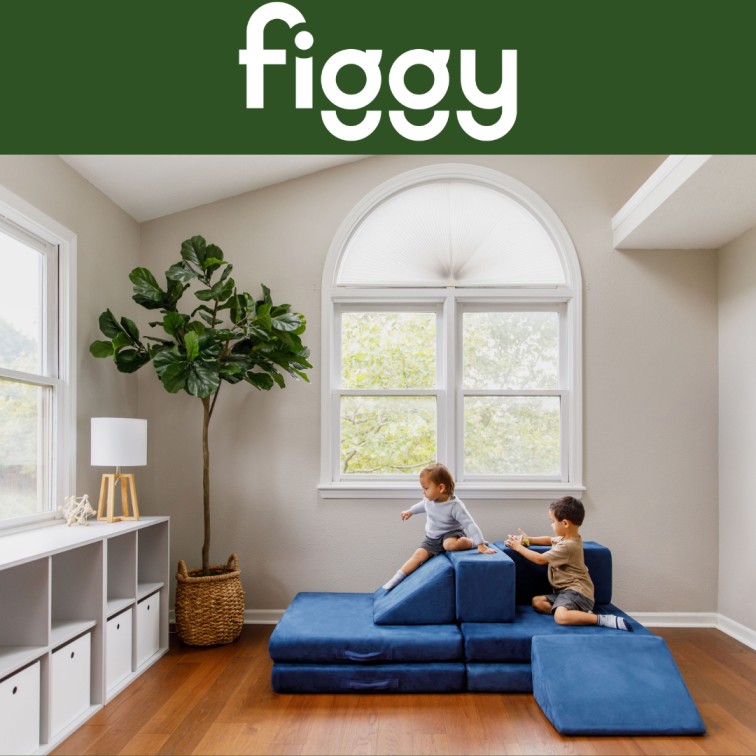We regularly hear about all kinds of dangers and threats that the everyday world poses to us. These can range from the trip hazard posed by icy weather to the threat of online hacking and scamming. But the one place we all expect to be safe from any kind of threat is within the home. Our homes are our castles, and we put our faith in them to protect us. But in reality, it could be our homes themselves that are actually posing a lot of potential risks to our health and wellbeing. Here are just some of the examples and how you can change your home for the better.
Your refrigerator
It's very easy to take our fridges for granted, as we are now so used to having them in the home. The market for refrigeration products is always developing too. Once upon a time a fridge with a built-in freezer was considered revolutionary - now, fridges quite literally come all singing, all dancing. Just take 'smart fridges', for example. These clever pieces of kit can tell you remotely what food you have in the fridge at any given time, come with built in LED displays and can also distribute ice and water. Pretty neat, right? But, it's also important not to forget the basics of fridge and food storage. It is ultimately your responsibility to keep your food safe and contamination free - and while some smart fridges can tell you if your food's gone off, there is way more to it that that. Of course, we all forget about something at the back of our fridge and it eventually goes moldy. After all, it's hard to keep on top of all your weekly ingredients when you spend most of your time rushing round after the kids. Thankfully, a bit of moldy food isn't going to do anyone much harm - just bit the offending fruit/vegetable and say no more about it. However, if the mold has spread onto other bits of food, you will need to throw out everything and give the whole thing a really good scrub. Another common food storage issue is cross contamination. If you are storing raw meat and fish in your fridge, make sure it is in a sealed, airtight container.
Your water
Having running water in our homes is something most suburbanites expect these days - and when you think about it, we are very lucky to have it. However, despite this, not all faucet water is as safe as people would have you believe. The Clean Water Act has gone to great effort to improve the quality of water that is circulated through homes across the country, but many wonder if our running water is actually completely safe to consume. Despite the act, toxins are still able to infiltrate our water system, which means your faucet water could contain anything from old pharmaceuticals to radioactive substances! This is pretty scary, so it's no wonder so many people are choosing to filter their water in order to purify it as best they can. If you are thinking of doing exactly that, have a read of this in-depth review of the Berkey water filter. Drinking faucet water is not all bad - it is reported to having beneficial higher levels of fluoride than its bottled counterpart - but it is still worth taking the extra precaution.
Mold
Have you been noticing lots of condensation in your home recently? Or does the air just feel 'thick' and heavy at times? Don't just ignore these things as they could be one of the first signs of mold and damp. Both of these things are caused by excess moisture within the home, and can potentially have devastating consequences, both on your family's health and on your home itself. For example, it can worsen or even cause conditions like asthma and other respiratory issues, and in terms of your home, it can weaken certain structural aspects. The rooms most at risk of damp and mold damage are the kitchen and the bathroom, as a lot of moisture gathers here when you are showering or cooking. Make sure that both of these rooms are well ventilated - opening a window during/after showering and installing an extractor fan over your stove can help to circulate the air, thus preventing a human atmosphere being created. If the problem persist, you might want to invest in a dehumidifier for your home.
Paint
One of the last things we think of as a potential threat is the paintwork in our homes. We all know the difference that a lick of paint can make - it can completely transform a room from something dowdy into something bright and welcoming. But beware if you weren't the one who painted your home. If you have moved into an older property, you need to be aware that some of the paintwork might include lead paint. Lead based paint was popular in the 1970s and earlier, so if your home dates back to this period and hasn't undergone much renovation work, there's a strong chance the paintwork is lead based. So, what's the big threat? Well, lead paint can be highly poisonous to humans if consumed. Obviously, no one goes around licking walls. But over time paint can chip, crack and flake, with the particles ending up in the air and on surfaces in your home. This makes it very easy for your children to accidentally ingest the poisonous substance, even if they don't realize they are doing it. It could even happen to you, no matter how vigilant you are. In order to keep yourselves safe, hire a professional to come and test the paint in your home. If traces of lead are found in it, the professional will have to remove all the paint in your home - never attempt to do it yourself. This is a messy and disruptive process, but is all worth it to keep you and your family safe.














































No comments
We love hearing from you! Thanks for leaving us some comment love! If you're a new follower, please leave your link, so we can follow you back!